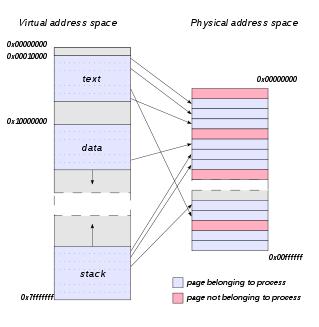Equality
Object equality is tested using the == operator, while value equality is tested using the .equals(Object) method.
For example:
The output is:
The two objects are not the same.
But they do contain the same value
These two are the same, because they use the same reference.
Also, be aware that:
String abc = "abc"; and String abc = new String("abc"); are different. For example, consider the following:
The output is: true
This is due to the compiler and runtime efficiency. In the compiled class file only one set of data "abc" is stored, not two. In this situation only one object is created, therefore the equality is true between these object. However, consider this:
The output is: false
Even though one set of data "123" is stored in the class, this is still treated differently at runtime. An explicit instantiation is used to create the String objects. Therefore, in this case, two objects have been created, so the equality is false. It is important to note that "==" is always used for object equality and does not ever refer to the values in an object. Always use .equals when checking looking for a "meaningful" comparison.
Immutable Objects / Wrapper Class Caching
Since Java 5, wrapper class caching was introduced. The following is an examination of the cache created by an inner class, IntegerCache, located in the Integer cache. For example, the following code will create a cache:
Integer myNumber = 10; or Integer myNumber = Integer.valueOf(10);
256 Integer objects are created in the range of -128 to 127 which are all stored in an Integer array. This caching functionality can be seen by looking at the inner class, IntegerCache, which is found in Integer:
So when creating an object using Integer.valueOf or directly assigning a value to an Integer within the range of -128 to 127 the same object will be returned. Therefore, consider the following example:
The output is:
i and p are the same.
i and p contain the same value.
It is important to note that object i and p only equate to true because they are the same object, the comparison is not based on the value, it is based on object equality. If Integer i and p are outside the range of -128 or 127 the cache is not used, therefore new objects are created. When doing a comparison for value always use the “.equals” method. It is also important to note that instantiating an Integer does not create this caching. So consider the following example:
In this circumstance, the output is only: i and p contain the same value
Remember that “==” is always used for object equality, it has not been overloaded for comparing unboxed values.
- If the value p being boxed is true, false, a byte, a char in the range \u0000 to \u007f, or an int or short number between -128 and 127, then let r1 and r2 be the results of any two boxing conversions ofp. It is always the case that r1 == r2.
The other wrapper classes (Byte, Short, Long, Character) also contain this caching mechanism. The Byte, Short and Long all contain the same caching principle to the Integer object. The Character class caches from 0 to 127. The negative cache is not created for the Character wrapper as these values do not represent a corresponding character. There is no caching for the Float object.
BigDecimal also uses caching but uses a different mechanism. While the other objects contain a inner class to deal with caching this is not true for BigDecimal, the caching is pre-defined in a static array and only covers 11 numbers, 0 to 10:
As per Java Language Specification(JLS) the values discussed above are stored as immutable wrapper objects. This caching has been created because it is assumed these values / objects are used more frequently.
Source : http://www.owasp.org




